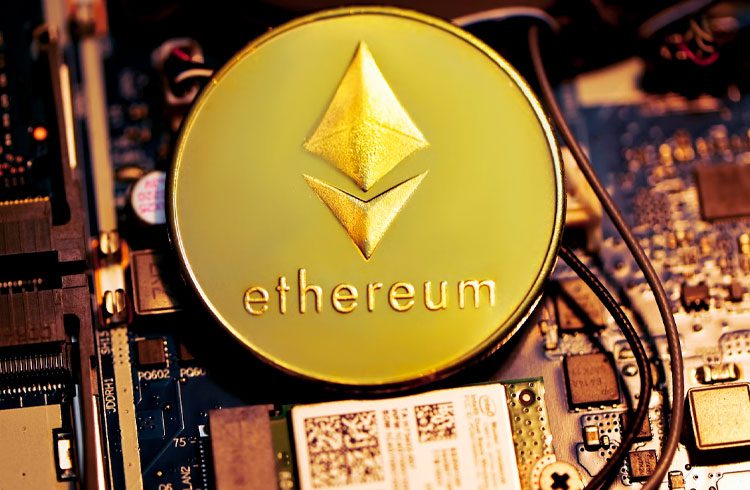Shortly after announcing the abandonment of its activities with the Ethereum migration, Ethermine announced a new staking service. With this, the largest Ethereum pool in the world is embracing the new model that will be adopted by the second largest cryptocurrency on the market. For former miners, the first big difference is the KYC requirement to use such a service. While in PoW an ETH address was enough, in PoS you will need to send photos of your documents and even a selfie. Therefore, this generates more commentary on the debate of how unobjectionable Ethereum will be after its big update. Other pools, such as Antpool, have already asked their users to withdraw their funds before migrating to PoS, precisely mentioning this “risk of censorship”.
Ethermine Announces Ethereum Staking Service
With the arrival of The Merge, mining rewards will no longer go to video card owners and will fall into the wallets of validators and stakers who lock their ethers (ETH). Being the largest Ethereum pool and having great market confidence, Ethermine is taking the opportunity to create a new service, as announced this Tuesday (30th). Through Ethermine Staking, its clients will be able to make ETH dividends on its platform, with a minimum investment of 0.1 ETH (R$ 800).
“We are proud to announce Ethermine Staking! Ethermine Staking is an investment based on ETH_STORE, an objective and transparent benchmark fee based on Ethereum’s Proof-of-Stake. Invest from 0.1 ETH.”
We are proud to announce Ethermine Staking! 🎉 Ethermine Staking is an investment based on ETH_STORE, an objective and transparent reference rate based on Ethereum Proof-of-Stake. Invest as little as 0.1 ETH https://t.co/myG3pOob7P — Ethermine.eth (@ethermine_org) August 30, 2022
With this, Ethermine is trying to relocate itself in the market with the loss of its main source of income so far, its fees from Ethereum mining. As competitors, it will have to face the biggest exchanges in the market, also with an eye on these dividends to attract customers.
KYC is a reality check
Those who already mine Ethereum with video cards will be scared by the request to send documents to participate in Ethermine’s new staking service. After all, previously it was enough to enter an ETH address and, after a few days, receive your mined cryptocurrencies. Now, users need to fill in all their data, such as full name and address. In addition, they also need to send a photo of a document and a selfie to prove their identity.
KYC at Ethermine. Thus, new comments emerge about how much Ethereum will lose in security against censorship compared to its previous model, Proof-of-Work. After all, nothing prevents a government from forcing Ethermine, or any other company offering such services, to freeze a user’s account. Anyway, the update will bring some benefits, such as triple halving, decreasing ether inflation in the market. In addition, staking can also be done by other means, avoiding such risks.

